Due to limited resources for intelligence services, European cities will remain vulnerable and further attacks are highly likely to occur.
The attacks in Paris are the latest reminder of European cities’ vulnerability to terrorism. The style and duration of the attacks highlight the high impact that incidents involving small arms and hostage taking can have, both in terms of security and publicity. The events also demonstrate a continuing evolution of terrorist tactics and the challenges that security forces will continue to face as the nature of militant attacks change.
These threats will worsen as Western fighters in Syria and Iraq begin to return to Europe, increasing the pool of potential jihadists with significant levels of military training. This is in addition to the threat from more isolated “lone wolf” attackers, who have already demonstrated the capability to act in multiple European countries. The attacks have prompted an unprecedented security response in France, but the threat will continue to present major challenges for Western intelligence agencies, requiring governments and businesses to consider their own crisis management strategies and response procedures in the event of a future attack.
The Capability of the Perpetrators
The attack on the offices of satirical magazine Charlie Hebdo was clearly well planned and demonstrated several unique characteristics that were not expected by French intelligence agencies. Although the targets – a magazine that al-Qaeda had long called for attacks against, the French police and the Jewish community – are perhaps obvious for Islamist attacks in Europe, the prolonged duration of the attacks and the manner of their execution were unique.
The perpetrators’ ability to conduct attacks against several targets in different locations, over a three-day period ending in simultaneous hostage standoffs, is important. It marked a major escalation of previous militant activity in France beyond the three suspected lone wolf attacks in December 2014, which killed one person and injured 24 others.
The January attacks proved much more deadly, with the well-armed Kouachi brothers, Said and Cherif, exhibiting a notable level of training in their assault on the Charlie Hebdo offices. They undertook the assault swiftly, killing a pre-determined group of staff before targeting the police. Both the Kouachis and Amedy Coulibaly — who shot a police officer in Paris before taking hostages in a kosher supermarket in Port de Vincennes — succeeded in extending their attacks over three days, prolonging the security situation and drawing out media coverage of the event.
The Kouachis moved rapidly from an assault on a specific target to an improvised and protracted hostage situation, and the final standoff in Dammartin-en-Goele, which ultimately resulted in their deaths. Similarly, Coulibaly managed to carry out three separate attacks in Paris in three days: the shooting of a jogger in the suburb of Fontenay-aux-Roses on January 7; the killing of a police officer in Montrouge on January 8; and the hostage situation the following day.
Through careful planning, the Kouachi brothers were able to conduct an attack and escape Paris undetected, avoiding the police until the siege at a print shop in Dammartin two days later. Coulibaly also proved highly elusive, disappearing following the Montrouge attack until taking several hostages in Porte de Vincennes the following day. In addition, Coulibaly is believed to have had an accomplice, who is still at large. The ability of the well-equipped gunmen to evade detection in even a dense urban area is noteworthy, as it suggests that the perpetrators could have inflicted greater casualty numbers via indiscriminate attacks on busy public areas, should they have had the intent to do so.
The level of armament displayed by the perpetrators represents another key feature of the attacks. They were carried out with AK-47 assault rifles, while the Kouachi brothers also had a rocket launcher and a number of other weapons in their possession. The use of automatic weapons, rather than explosives, mirrors more recent Islamist attacks in Europe, including the 2012 Toulouse attack and the shooting at the Jewish Museum in Brussels last year. Weapons of this kind allow for attacks that are more adaptable, less reliant upon planning and less dependent on specialist explosives knowledge than attacks involving bombs.
There is a significant black market for these weapons in Europe, with availability due partially to the collapse of the Soviet Union and the wars in the Balkans during the 1990s. There have been increasing reports of military weapons in circulation in recent years, since AK-47s were used by rioters during the 2007 unrest in Villiers-le-Bel, leaving 130 police officers injured.
Evolving Methodology
Critically, the Paris attacks also demonstrate the unpredictable evolution of the terrorist threat and changing methodology of attacks.The attacks fused the less detectable nature of lone wolf, domestically planned operations, with the typical high-casualty and symbolic targeting linked to larger-scale incidents. The smaller attacks have proved more difficult to detect by Western security agencies, as exemplified by the recent lone wolf attacks in Boston, Ottawa and Sydney, contrasting with numerous instances of larger foiled plots such as the 2006 plan to blow up several transatlantic flights.
Vitally, the different style of attack evident in Paris should not detract from the threat posed by smaller-scale, lone wolf style activity. There are many examples in recent years of such attacks succeeding, as witnessed in Toulouse in 2012. Such attacks will persist and could increase across Europe as foreign fighters return from Iraq and Syria. On January 13, the director of Europol warned that between 3,000-5,000 European nationals present a potential terrorist threat, having traveled abroad to participate in fighting.
Currently, the extent to which either the Kouachis or Coulibaly were operating under direct instruction is unclear, and it seems possible that they conducted their operation with little direct oversight despite previous ties to militant groups. The Kouachi brothers claimed to have been operating under the auspices of al-Qaeda in the Arabian Peninsula (AQAP) and are known to have traveled to Yemen for weapons training.
However, while a spokesman for AQAP issued a formal statement on January 14 claiming that al-Qaeda leader Ayman al-Zawahiri selected the target and financed the operation, there is no confirmation that the Kouachis had been in direct contact with the terrorist organization’s leadership since 2011. Similarly, while Coulibaly stated his allegiance to Islamic State (IS) in a video that emerged shortly after the hostage crises, there is no indication that he ever traveled to fight with the group. Coulibaly’s actions could prove to be the most direct manifestation to date of the impact of repeated online calls by IS for supporters to stage attacks outside Iraq and Syria.
The suspected association of all three perpetrators with the so-called Buttes-Chaumont network of French-Algerian Islamist extremists also merits attention. This group linked together a number of extremists in Paris, who conducted physical training in the 19th Arrondissement’s Buttes Chaumont park in preparation to travel to Iraq to fight US forces. Although the group was dismantled by authorities in 2005, it produced a network of radicalized Muslims with links to crime, to whom the Kouachis would have been able to relate the training they later received in Yemen. This poses the concern that as the roughly 1,000 French citizens estimated to have been involved in jihadist activities abroad return home, they will bring training, contacts and the ability to inspire new followers, independently of the groups for whom they had fought.
Security Response and Challenges
The attacks in Paris have had an immediate impact on security measures in France and across other European cities. Some 10,000 additional troops were mobilized on January 13 across France to increase security against “present threats.” The measure marks the first time in French history that troops have been deployed on this scale domestically, with almost 5,000 security personnel assigned to protect perceived targets, including more than 700 Jewish schools and synagogues, as well as mosques susceptible to reprisal attacks.
The Paris attacks have also prompted reevaluations of security preparedness in the US, Britain, Germany and other European nations. In the United Kingdom, the attacks led to an increase in security at seaports and Eurostar train terminals connecting to France, while European Council President Donald Tusk called for increased airport security and the creation of databases containing passenger records, including credit card details, travel itineraries and other information that would allow authorities to monitor all travel to and from Europe. Amid the increase in security deployments, governments across Europe are likely to have a lower threshold for deploying armed police or military personnel in public, commensurate to the perceived rising risk of similar armed attacks.
A further security concern emerges in the form of anti-Muslim reprisal violence. For instance, on January 11, two unidentified attackers fire-bombed the Hamburger Morgenpost offices in Hamburg, Germany, possibly over its reprinting of the Charlie Hebdo cartoons. Retaliatory anti-Muslim violence has already experienced a spike and, according to UK-based anti-Islamophobia group, Tell MAMA UK, at least 15 anti-Muslim attacks took place in France between January 6-9 alone. These included the shooting and use of three blank training grenades at a mosque in Le Mans, the minor bombing of a restaurant near a mosque in Villefranche-sur-Saone, the shooting of a mosque in Port-la-Nouvelle and various assaults and cases of vandalism.
The continuing attacks will also fuel political tensions across Europe, increasing the likelihood of rising civil unrest. In Germany, the latest of several anti-Islam marches by Patriotic Europeans Against the Islamization of the West (PEGIDA) drew a record number of 25,000 participants on January 12. Counter-protests are also likely to grow in size as political divisions widen, increasing the potential for violent clashes.On January 10, some 35,000 people mobilized in Dresden to oppose PEGIDA.
Despite the increase in security and likely injection of additional resources into security preparedness and mitigation, governments will face significant challenges in combating the threat posed by plots similar to those carried out in Paris. In the case of the Kouachi brothers, the French intelligence services reportedly stopped surveillance on the suspects only months before the attack, after it was deemed an ineffective use of limited resources due to the suspects’ inactivity. This decision came despite Cherif Kouachi’s prison sentence for sending fighters to Iraq in 2008 and membership of the Buttes-Chaumont network.
The overlooking of the suspects demonstrates the finite resources and limited capacity of agencies to effectively monitor, isolate and neutralize the correct threats. Intelligence organizations face a difficult task of monitoring the IS- and al-Qaeda-affiliated militants returning from the conflict in Iraq and Syria, as well as those individuals most susceptible to radicalization domestically. As the tactics employed by militants continue to evolve and the number of foreign fighters returning to Europe grows, security vulnerabilities will be high and accurate predictions over future targets will remain difficult to make with certainty. As such, European cities will remain vulnerable and further attacks are highly likely to occur.
*[This article is based on a report by Protection Group International.]
Fair Observer is a nonprofit organization dedicated to informing and educating global citizens about the critical issues of our time. Please donate to keep us going.
The views expressed in this article are the author’s own and do not necessarily reflect Fair Observer’s editorial policy.
Photo Credit: Frederic Legrand – COMEO / Pixinoo / Netfalls – Remy Musser / Sue Robinson / Shutterstock.com
Support Fair Observer
We rely on your support for our independence, diversity and quality.
For more than 10 years, Fair Observer has been free, fair and independent. No billionaire owns us, no advertisers control us. We are a reader-supported nonprofit. Unlike many other publications, we keep our content free for readers regardless of where they live or whether they can afford to pay. We have no paywalls and no ads.
In the post-truth era of fake news, echo chambers and filter bubbles, we publish a plurality of perspectives from around the world. Anyone can publish with us, but everyone goes through a rigorous editorial process. So, you get fact-checked, well-reasoned content instead of noise.
We publish 2,500+ voices from 90+ countries. We also conduct education and training programs
on subjects ranging from digital media and journalism to writing and critical thinking. This
doesn’t come cheap. Servers, editors, trainers and web developers cost
money.
Please consider supporting us on a regular basis as a recurring donor or a
sustaining member.
Will you support FO’s journalism?
We rely on your support for our independence, diversity and quality.







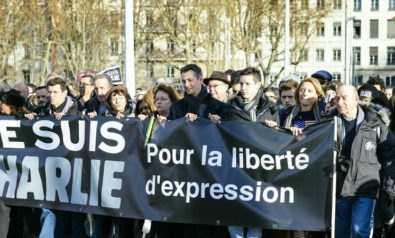

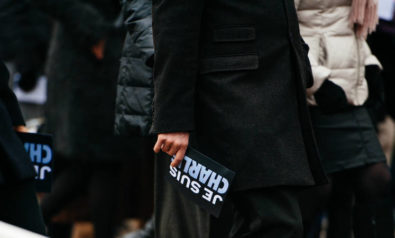

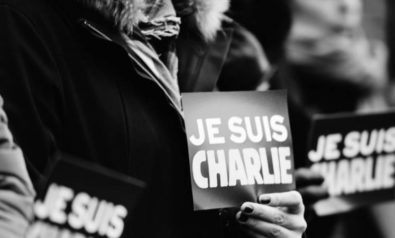
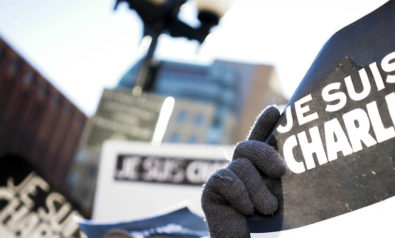


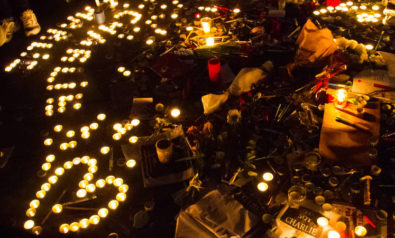
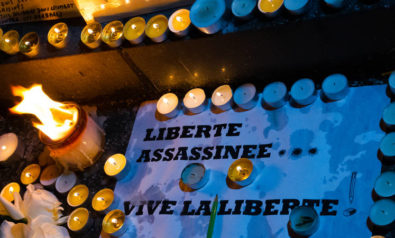
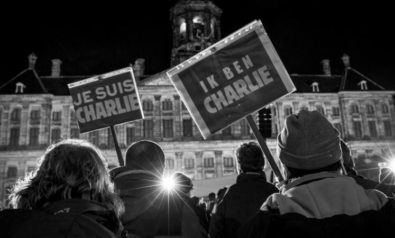
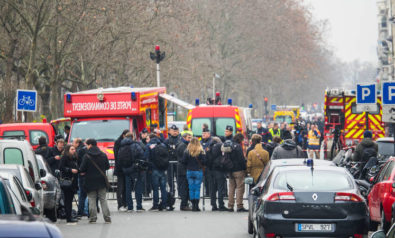
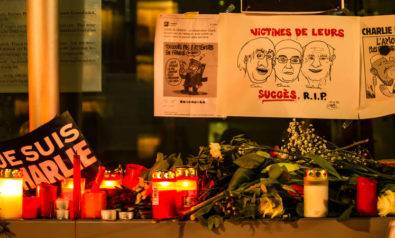
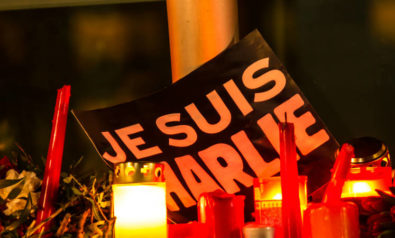

Comment